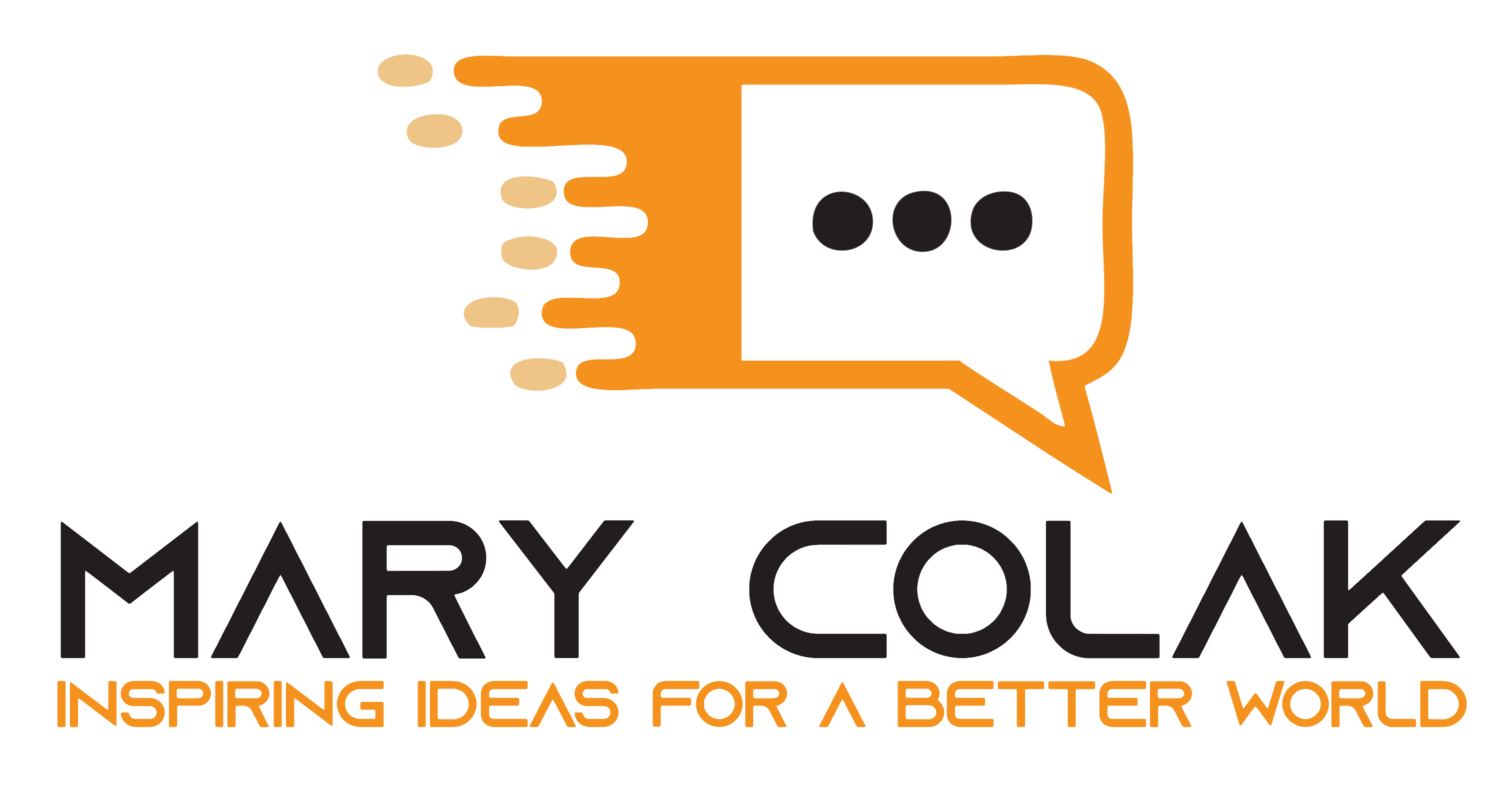Enthusiastic employees, BYO
Enthusiastic employees are engaged employees
A research study conducted by Arnold B. Bakker in the Netherlands concluded that two kinds of resources are required for employee engagement. The first is job resources such as social support, feedback and opportunities for autonomy, variety and growth. The second is the employee's personal resources such as self-esteem and optimism. The survey also found that engagement is greatest when the demands of the job are the highest and that employees with high personal resources approach their jobs with more enthusiasm and joy.
It is also known that engaged employees are happy employees because they trust that they are getting fair treatment. Do your employees trust that they are being treated fairly by your organization?
One way to instill trust is to directly engage with your employees. In a large organization, it may be impossible to meet with each individual over a coffee for the purpose of developing a good relationship, but in smaller organizations, why not? Each member of your team wants to be valued for not only their talent and contribution to your organization, but for themselves.
In large organizations, ensuring that the majority of your staff is happy and engaged will provide a trickle-down effect to encourage enthusiasm and joy in each employee. And remember that the trickle-down effect works both ways - starting with happy or unhappy employees. In a study in 2010, the Hay Group found that engaged employees are 43 percent more productive, so having engaged and happy employees makes sense.
To ensure you've got a highly functioning team of productive employees, remember to reach out to every individual in your organization, not just a few. That one employee that you miss may make the difference between making your organization productive or underperforming.
BYO device
Employee engagement may seem like enough to inspire a productive workforce, but employees also need the right tools to be productive. Technology has allowed for greater mobility and should be capitalized to enable productivity and profitability.
Most employers know that most of their employees use organizational computers and technology to conduct personal business and, not surprisingly, they also use their personal computers and other technology to conduct organizational business.
In a survey by Citrix Systems released in July 2011, they found 94 percent of organizations intend to have a formal BYO (Bring Your Own) Device policies in place by mid-2013. They claim two reasons for embracing this move.
First, those using BYO will be doing so to keep up with the rapid consumerization of enterprise IT. And second, forward-thinking CIOs have embraced BYO as a way to attract the best talent, encourage a flexible working environment and raise productivity levels.
Through desktop virtualization (a.k.a. cloud computing), technology allows organizations to manage Windows-based desktops centrally in the data center, then deliver them to all types of users across the enterprise. Eighty percent of those organizations intend to leverage their desktop virtualization investment to support employee-owned devices and BYO. This addresses two key challenges - security and device management.
Citrix says that "Desktop virtualization enables IT to fundamentally rethink the way user hardware is provisioned by making a reliance on a limited number of corporate-standard PCs, laptops and smartphones a thing of the past. It also provides a safe way of delivering a desktop to any employee, on any device, wherever they are, with a consistent high definition user experience."


